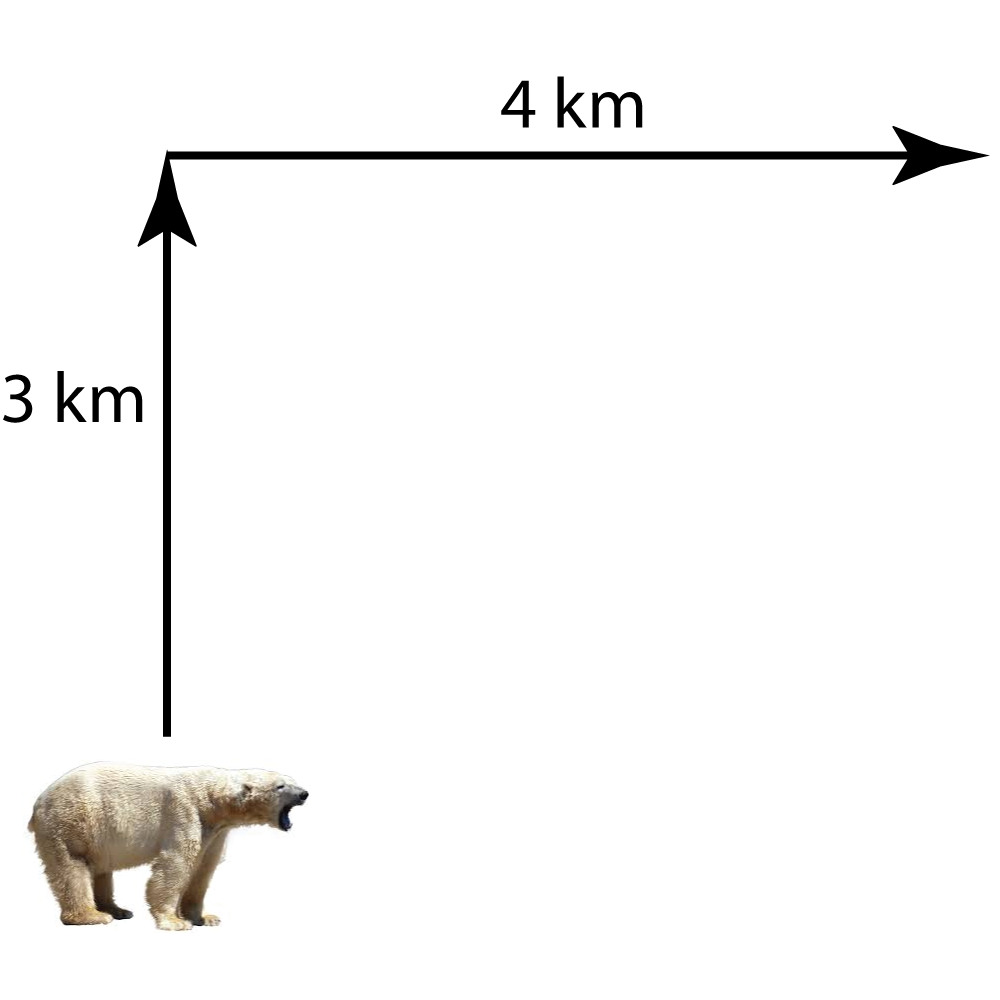|
10 minutes maximum! Can you do it in 5? |
|||||||||||||||||
1. Which of these is a scalar quantity?
|
|||||||||||||||||
2. Which of these is a vector quantity?
|
|||||||||||||||||
3. A vector quantity has
|
|||||||||||||||||
4. A polar bear walks 8 km north searching for food, and then 5 kilometers south again. Which of these gives the total distance travelled and displacement of the bear at the end of the journey?
| |||||||||||||||||
| 5+6. The polar bear does a second journey the next day, this time walking 3 km north and then 4 km east. |  |
||||||||||||||||
5.What is the total displacement of the bear from the start?
|
|||||||||||||||||
6. Which of the following arrows best describes the total displacement?
|
|||||||||||||||||
7+8. Two forces are acting on a point as shown in the diagram. |
 |
||||||||||||||||
7. Which of these arrows best represents the resultant force on the point?
| |||||||||||||||||
8. The magnitude of the resultant force is
| |||||||||||||||||
9&10. A cannonball is fired at a velocity v from a cannon, at an angle of 250 to the horizontal. |
 |
||||||||||||||||
9. The vertical component of the velocity is given by
| |||||||||||||||||
10. If the horizontal velocity is found to be 20 m s-1, then the value of v is equal to
| |||||||||||||||||